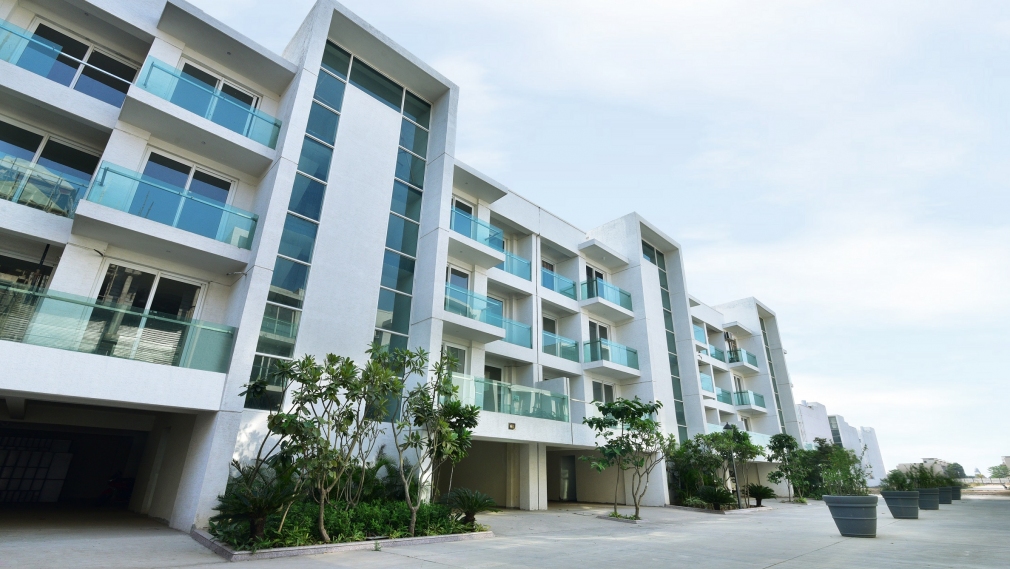The year 2021 not only comes with the hangover of an unprecedented slowdown never seen in human history due to the COVID-19 pandemic but has ushered in changes in business models, operations, and consumers’ choices and preferences across industries. This has led to a new kind of demand.
This pattern is more pronounced in the real estate sector. The sector has gone through many ups and downs in the last decade due to policy and regulatory changes like GST, RERA, demonetisation, etc., but this time, the trends that have emerged are on account of several aspects that will address issues like job growth in tier 2 and 3 cities, ease of buying a property through the digital medium, reduced project cycle by expediting construction through new-age technology, the emergence of commercial destinations that entertain shopping, and creating an ecosystem around a project, to name a few.
Let’s examine:
- Organised Retail the way forward: People residing in urban areas increased from 28.5% in 2001 to approx. 38% in 2019. The movement of people from rural to urban areas has created the need for the rejuvenation of Indian cities. Commercial redevelopments being one of them – establishing an organised mall in a thriving marketplace in several parts of India including the National Capital where a multi-level parking cum commercial project is being developed in Chandni Chowk amongst others. This will enable not just in ease of doing business but also create employment opportunities and better shopping conditions like parking, hygienic spaces, safety and security of goods, property, and patrons to name a few.
2024 is expected to see more of these commercial redevelopment projects being given priority.
- Tier 2/3 cities the new engines of growth: In the past few years, the government has revitalised its focus on tier 2/3 cities by increased spending in infrastructure, tourism, hospitality, and connectivity to enable a self-sustainable model of growth in these cities and curb migration. The COVID-19 pandemic has accelerated this effort further with even businesses and individuals looking at tier 2/3 cities with renewed interest and opportunity. Real estate developers are further exploring the potential of these cities as the new normal has altered the buying preference of home seekers. In the coming decade, these efforts will bear fruit as job opportunities and entrepreneurship will drive the Indian economy.
Government and businesses will continue to put greater emphasis in developing tier 2/3 centres as engines of growth.
- Technology: The use of technology has increased manifold and it will continue to occupy centre stage – be in construction or marketing. The year gone by not just put a stop to all businesses including construction activities but also posed a challenge for brands to reach their customers. Technology came in handy. In construction, for example, Omaxe is adopting the top-down construction method including the modular steel structure in its project Omaxe Chowk, Delhi to expedite construction. In marketing, companies have been adopting newer and innovative solutions to reach their customers and make buying property easy and convenient thereby reducing the time taken to choose and buy a property.
In order to win back consumers, more emphasis will be laid by developers on use of advanced technology in construction and far greater use of digital media tools to reach new audience.
- Integrated Living: Integrated townships provide not just a convenient living owing to the presence of plenty of open spaces, walk to everything like office, restaurants, clubs, playground, malls, school, and healthcare; more importantly be able to access every comfort and necessity. The lockdown posed for a majority of the Indians the problem of accessibility of these facilities. Tier 2/3 cities and peripherals of metro cities provide real estate developers abundance of opportunities to develop large-scale township projects. The reverse migration and emergence of WFH have necessitated the demand for large-sized homes and integrated living.
Accessibility to facilities within walking distance will remain the selling propositions of developers and ultimate choice of homebuyers.
- Shift towards Branded Developers: Everycrisis that the real estate sector has faced in the last 10 years or so has led to the emergence of new trends and preferences. However, this crisis has altered a lot of things. The theory that ‘developers who can sell can deliver’ couldn’t have been truer now than ever. The two months of complete lockdown and the way the market has been trying to limp back after that with reduced demand and gradual resumption of business activities have shown that those developers who have a stellar financial and delivery record are the ones who are witnessing good demand. This trend is likely to become the new normal going forward.
Homebuyers have begun to embrace good product from good developers instead of getting lured by offers and schemes. The year 2022 has shown that brands that have the agility in adapting to these changes are prospering and will continue to not just lead the race but also show the way in consumer preference and behavior in 2024.


2 Comments
Comments are closed.